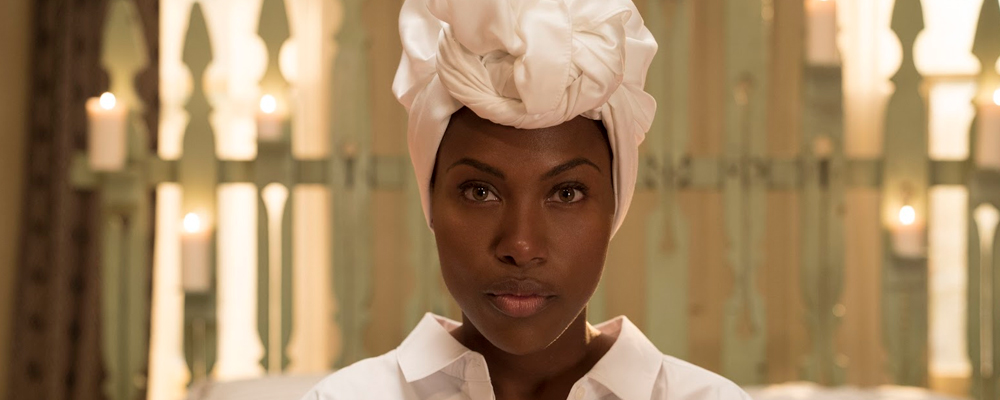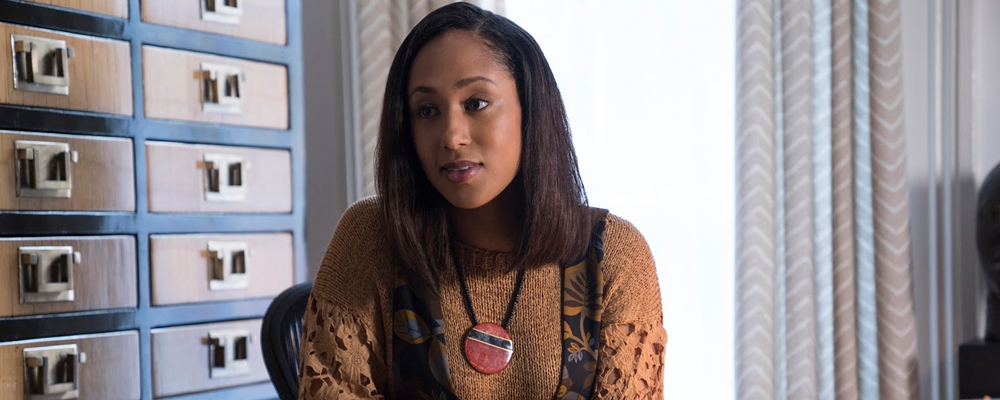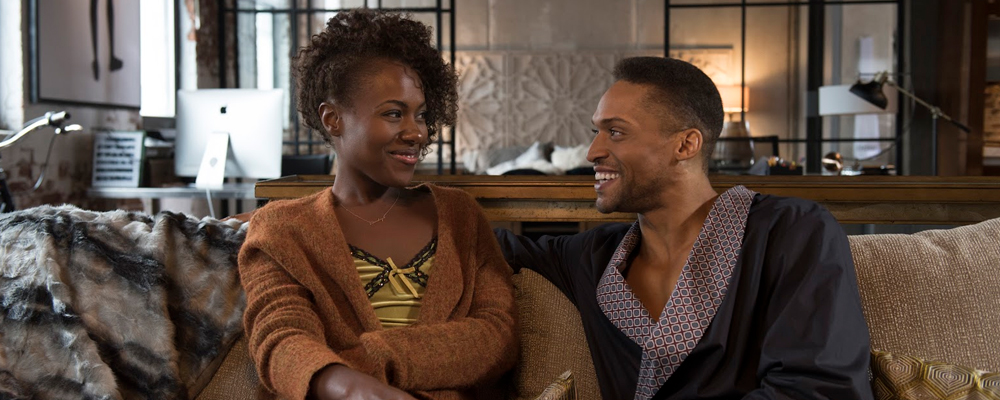Nola Darling Is Fully Actualized in Netflix’s Adaptation of Spike Lee’s ‘She’s Gotta Have It’
Tony Sokol
“It’s really about control, my body, my mind. Who was going to own it, them or me? I’m not a one-man woman,” Nola Darling declared in Spike Lee’s first feature-length film “She’s Gotta Have It.” “Please baby, pleasebaby, please baby, baby baby please,” the director’s character Mars Blackmon pleaded back when faced with the possibility of not being one of those men. To a 27-year-old “sex positive, polyamorous, pansexual” woman 31 years later, “words like monogamy have never even seemed like a remote possibility.” The Netflix original series “She’s Gotta Have It” makes up for lost time.
In the original film, Lee set out to celebrate the sexiness, wisdom and informed racial and feminist pride of a free-spirited artist. He was hit with charges of projecting a sexually assertive stereotype, a variation of a tag that’s plagued Lee over the years in spite of his best attempts to shake it. “Chi-Raq” reimagined Aristophanes’ comedy “Lysistrata” as a modern political allegory where women could go on sexual strike for peace. He was told not to rely on the power of deferred orgasms. For his first-ever TV series, Spike is directing the work of eight writers, four of them women, including playwright Lynn Nottage, Radha Blank, Eisa Davis, and his sister Joie Lee. They create a character as fiercely vulnerable as she is strong.
DeWanda Wise plays Nola Darling, a socially progressive visual artist dividing her time between three Lovers: Greer Childs (Cleo Anthony), the narcissistic biracial Adonis who calls his own name out during sex; Jamie Overstreet (Lyriq Bent), a buttoned-down, stable man in a suit with the soul of a romantic poet; and Mars Blackmon (Anthony Ramos), a casual rapper and hustler who hates Overstreet’s lame rhymes. The “Hamilton” actor has a double-edged job in this, reprising a role in front of a camera held by the actor who originally played him. Ramos keeps the energy of the original while putting his own spin on him. Nola’s girlfriend and sometime lover Opal Gilstrap (Ilfenesh Hadera), spins Sapphic stability into the closing third of the contemporary take.
The other main character is Fort Greene, Brooklyn, which Lee shoots with a loving familiarity. The curbs, the clubs, the streets and the people who walk on them are vibrant, alive and warm, even when the night brings chills. Nola transforms the neighborhood after she is grabbed at night, and turns herself into a feminist heroine with her art. She makes and glues up revenge posters on every surface of the gentrified neighborhood quoting every humiliating catcall and debased defamation in red over the black and white images of strong black women. Nola even covers up a poster of the original film.
“She’s Gotta Have It” was shot on black and white film in 12 days in summer of 1985 and ran 86 minutes. The series was shot over 63 days and runs 10 episodes but feels more like a five hour movie. This gives Nola a chance to breathe, heavily and sometimes tearfully during sex, and languidly on an endless succession of loosely rolled joints. Wise thrives in Lee’s loose signature style, hypnotically sizing up the camera during her monologs, or cutting loose with the rhythmic dialogs. She never loses the intellectual and artistic experimentation or her sense of purpose. Even if it’s just to win enough money to pay a half-year’s rent in advance to allow her to paint in relative peace.
The series mixes comedy and drama organically. Unapologetic sexual freedom is no longer new on TV. It’s both reassuring and refreshing to catch one of the pioneers revisiting the old hood.
“She’s Gotta Have It” premieres Nov. 23 on Netflix.





